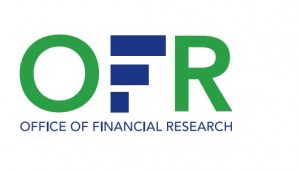In an expected move, the US Office of Financial Research announced today that they would begin gathering securities lending data in a pilot project. While not an immediate threat, the collection project is expected to grow to the point where OFR can produce robust statistics. Where does this leave RMA, Markit Securities Finance, DataLend and FIS Astec Analytics?
According to the announcement posted today:
The OFR has a partnership with the Federal Reserve and Securities and Exchange Commission to fill gaps in data about securities lending. This pilot project follows the OFR’s collaboration with the same two agencies to collect data about repurchase agreements, or repos.
Data gaps prevented regulators from identifying and addressing risks in the securities market during the crisis, and those gaps persist. The OFR and its partners aim to address this critical data need through the pilot data collection.
The OFR plans to publish aggregated statistics, and the reporting template and reporting instructions used in the project, when the collection is complete.
This means that OFR is getting into the securities lending data game. While the agency is not expected to publish same day or next day rates for individual securities, OFR will in time become the major recognized data point for the size and composition of the US and potentially the global securities lending industry. This steals some of the thunder from RMA’s securities lending data collection (which they stopped making public some years ago) and the major securities lending data vendors.
We expect that any robust data collection will take time, just as it has for the OFR’s bilateral repo project. In a January 2016 brief, the OFR presented the data they had gathered so far as well as the data collection and integrity problems that had experienced. Unsurprisingly, repo dealers were submitting data that didn’t line up well with one another. In response, the OFR will have to further codify what exactly they are asking for. ICMA’s European Repo Survey had a similar problem this last time around with tri-party agents; this caused a big difference in tri-party data from the June 2015 to December 2015 surveys.
Our summation is that a new player has entered the field. Its going to take them a couple of years, but they will become a standard bearer. This will push the existing securities lending vendors to focus on better analytics and granular reporting. At the broad, industry-wide statistics level, the OFR is going to run the show.


